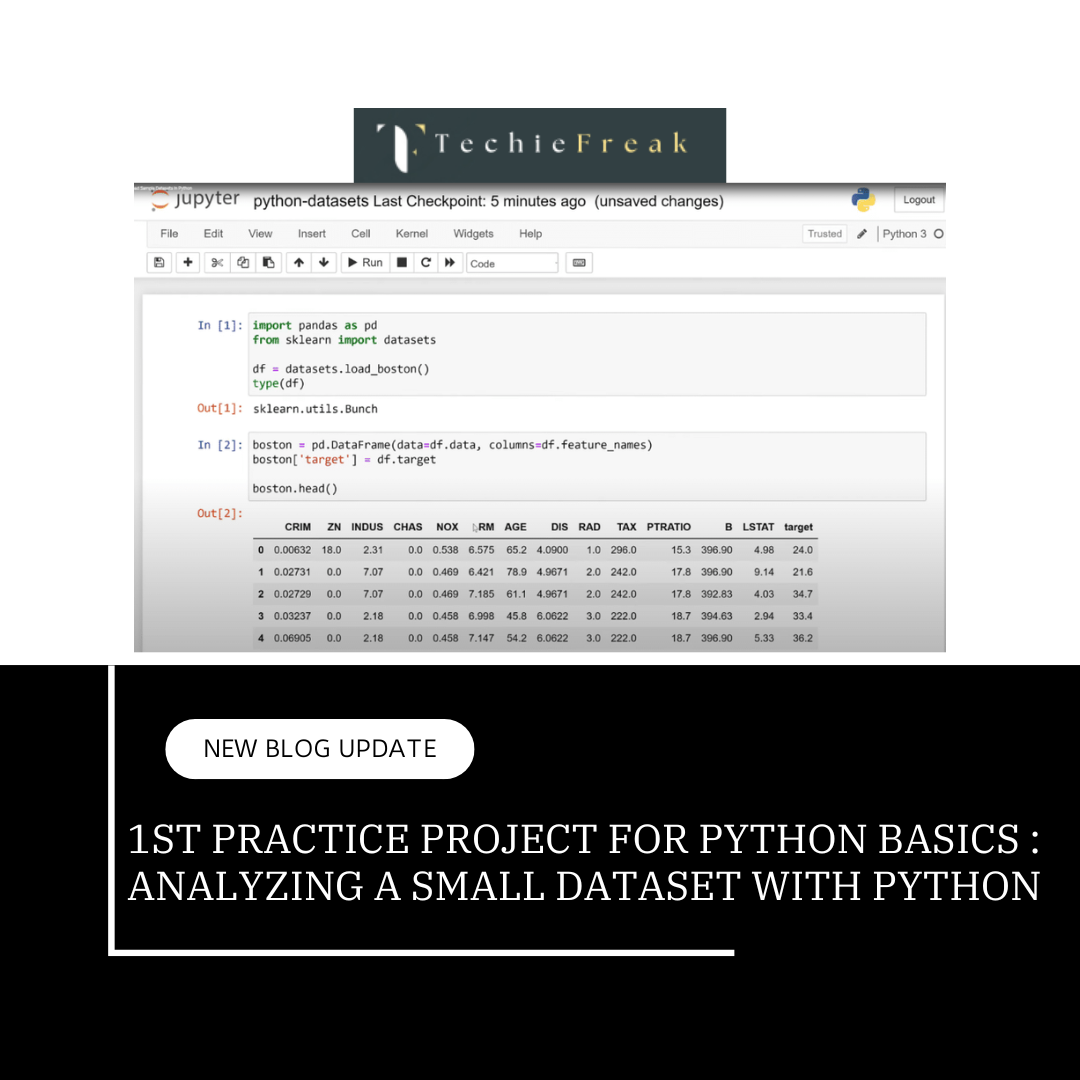1. What is a Tuple?
A tuple is one of Python’s built-in data structures, used for storing a collection of items. While they share many similarities with lists, the defining characteristic of tuples is their immutability.
1.1 Definition
A tuple is:
- An ordered collection of elements.
- Immutable, meaning once it’s created, its elements cannot be modified, added, or removed.
- Heterogeneous, allowing it to store different types of data like integers, strings, floats, and even other tuples.
Syntax: Tuples are defined using parentheses (), with elements separated by commas.
1.2 Example
# Examples of tuples
empty_tuple = () # An empty tuple
single_element_tuple = (42,) # A tuple with one element (comma is mandatory)
multi_type_tuple = (1, "Python", 3.14) # A tuple with mixed data types
nested_tuple = (1, (2, 3), [4, 5]) # A tuple containing another tuple and a list
2. Key Features of Tuples
Immutability
Once created, the elements of a tuple cannot be changed.my_tuple = (10, 20, 30) my_tuple[1] = 25 # Error! Tuples are immutableOrdered Collection
Elements are stored in a specific order, and their position can be accessed using an index.my_tuple = (10, 20, 30) print(my_tuple[0]) # Output: 10Allows Duplicates
Like lists, tuples can have duplicate elements.my_tuple = (1, 2, 2, 3) print(my_tuple) # Output: (1, 2, 2, 3)Hashable (if all elements are immutable)
Tuples can be used as dictionary keys if all their elements are immutable.my_dict = {(1, 2): "value"} print(my_dict[(1, 2)]) # Output: value
3. Why Choose Tuples?
Tuples are preferred over lists in certain scenarios due to their unique properties:
3.1 Performance
Tuples are faster than lists, making them a better choice when working with fixed, unchanging datasets.
3.2 Memory Efficiency
Tuples use less memory than lists, as Python doesn’t need to store extra information to manage mutability.
3.3 Immutability for Safety
When you want to ensure that data remains unchanged throughout your program, tuples provide a reliable solution.
Example Use Case: Storing configuration data:
config = ("localhost", 5432, "admin")
4. Creating Tuples
4.1 Syntax
Tuples are created using parentheses () or the tuple() constructor.
Examples:
# Using parentheses
my_tuple = (1, 2, 3)
# Using the tuple() function
my_tuple = tuple([1, 2, 3]) # Converts a list to a tuple
4.2 Special Case: Single-element Tuples
To define a tuple with one element, include a trailing comma , to distinguish it from a simple value.
Example:
single_value = (42) # Not a tuple, just an integer
single_tuple = (42,) # This is a tuple
5. Accessing Tuple Elements
5.1 Indexing
Tuples use zero-based indexing to access elements.
Example:
my_tuple = (10, 20, 30)
print(my_tuple[0]) # Output: 10
print(my_tuple[-1]) # Output: 30 (negative indexing)
5.2 Slicing
You can retrieve a range of elements using slicing: tuple[start:end:step].
Example:
my_tuple = (1, 2, 3, 4, 5)
print(my_tuple[1:4]) # Output: (2, 3, 4)
print(my_tuple[::-1]) # Output: (5, 4, 3, 2, 1) (reversed tuple)
6. Operations on Tuples
6.1 Concatenation
Combine two or more tuples using the + operator.
tuple1 = (1, 2)
tuple2 = (3, 4)
result = tuple1 + tuple2
print(result) # Output: (1, 2, 3, 4)
6.2 Repetition
Repeat a tuple multiple times using the * operator.
my_tuple = (1, 2)
print(my_tuple * 3) # Output: (1, 2, 1, 2, 1, 2)
6.3 Membership Test
Check if an element exists in a tuple using the in keyword.
my_tuple = (1, 2, 3)
print(2 in my_tuple) # Output: True
7. Advanced Features
7.1 Tuple Methods
count(): Returns the number of times an element appears in the tuple.
my_tuple = (1, 2, 2, 3) print(my_tuple.count(2)) # Output: 2index(): Returns the index of the first occurrence of a specified element.
my_tuple = (1, 2, 3) print(my_tuple.index(2)) # Output: 1
7.2 Tuple Unpacking
Assign tuple elements to individual variables in a single step.
my_tuple = (1, 2, 3)
a, b, c = my_tuple
print(a, b, c) # Output: 1 2 3
7.3 Nested Tuples
Tuples can contain other tuples as elements.
nested_tuple = (1, (2, 3), (4, (5, 6)))
print(nested_tuple[2][1][1]) # Output: 6
8. Tuples vs. Lists
| Feature | Tuple | List |
|---|---|---|
| Mutability | Immutable | Mutable |
| Syntax | (element1, element2) | [element1, element2] |
| Performance | Faster for read-only data | Slower for modifications |
| Memory Usage | Less | More |
| Use Case | Fixed collections | Dynamic collections |
9. Real-life Applications of Tuples
Coordinates:
Store geographical or 3D coordinates.location = (40.7128, -74.0060)- Database Records:
Represent rows in a database where fields should remain unchanged. Returning Multiple Values from Functions:
def get_stats(): return (mean, median, mode) stats = get_stats()Dictionary Keys:
Use tuples as keys for multi-dimensional data.distances = {(0, 0): "origin", (1, 2): "point"}
Next Topic : Sets in Python
.png)



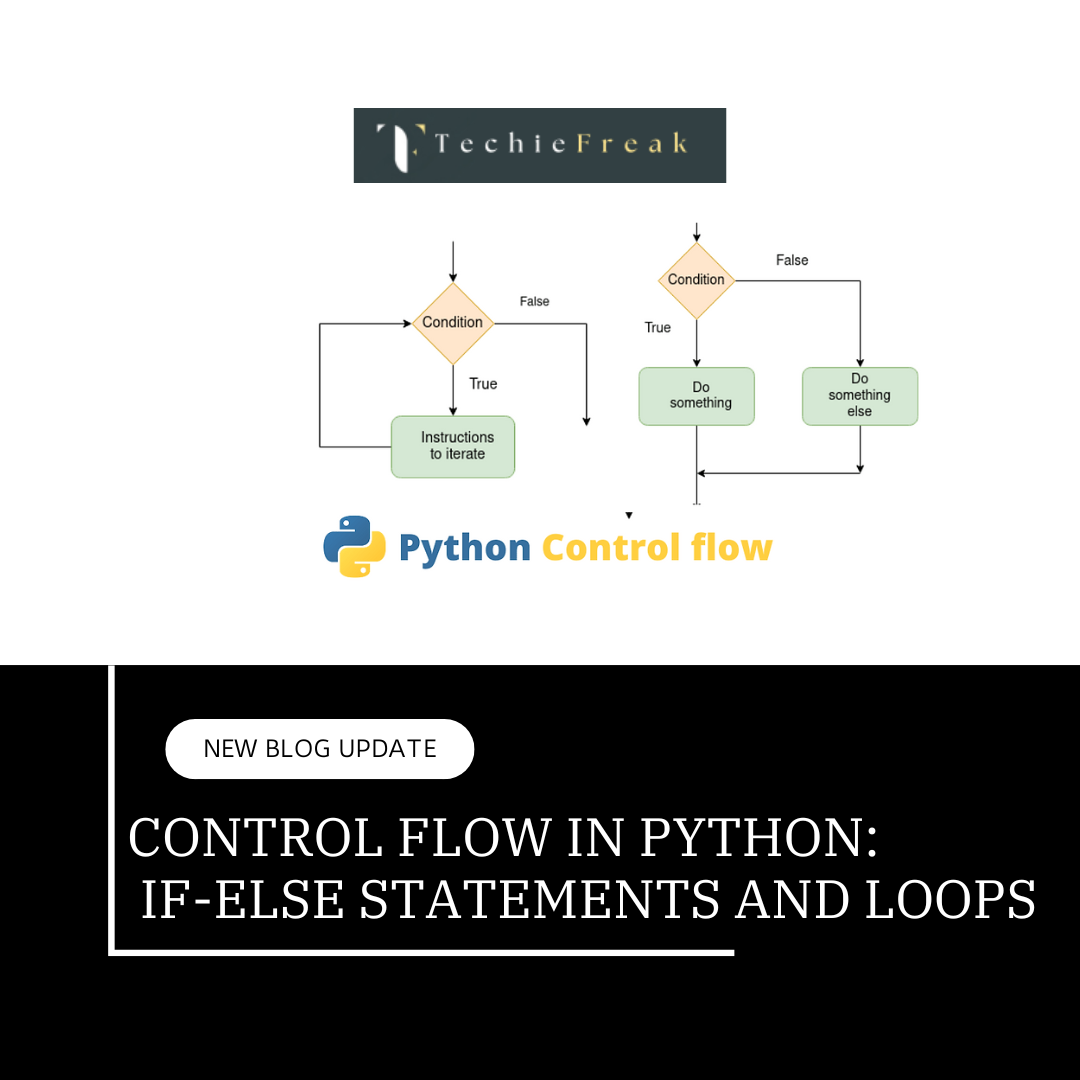









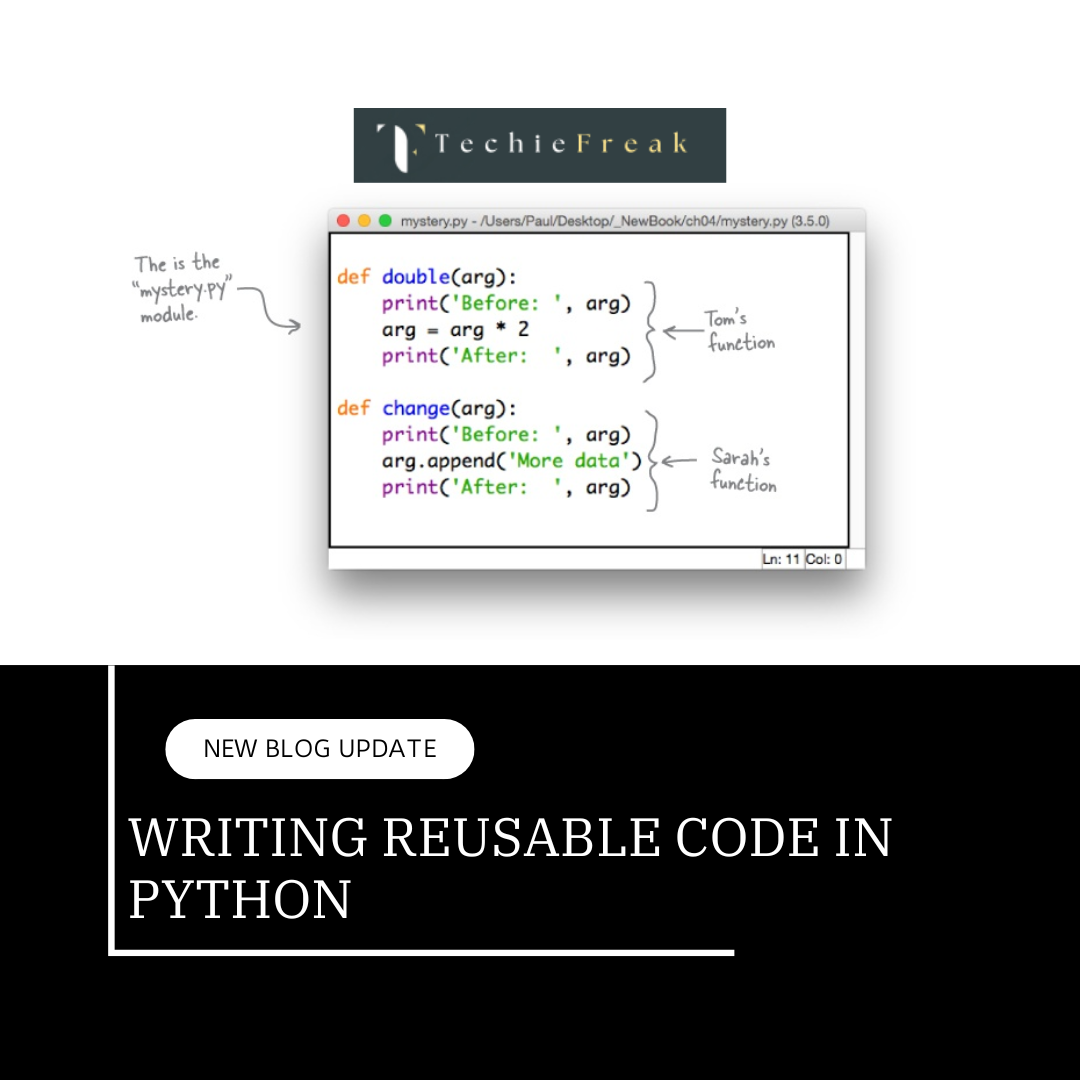
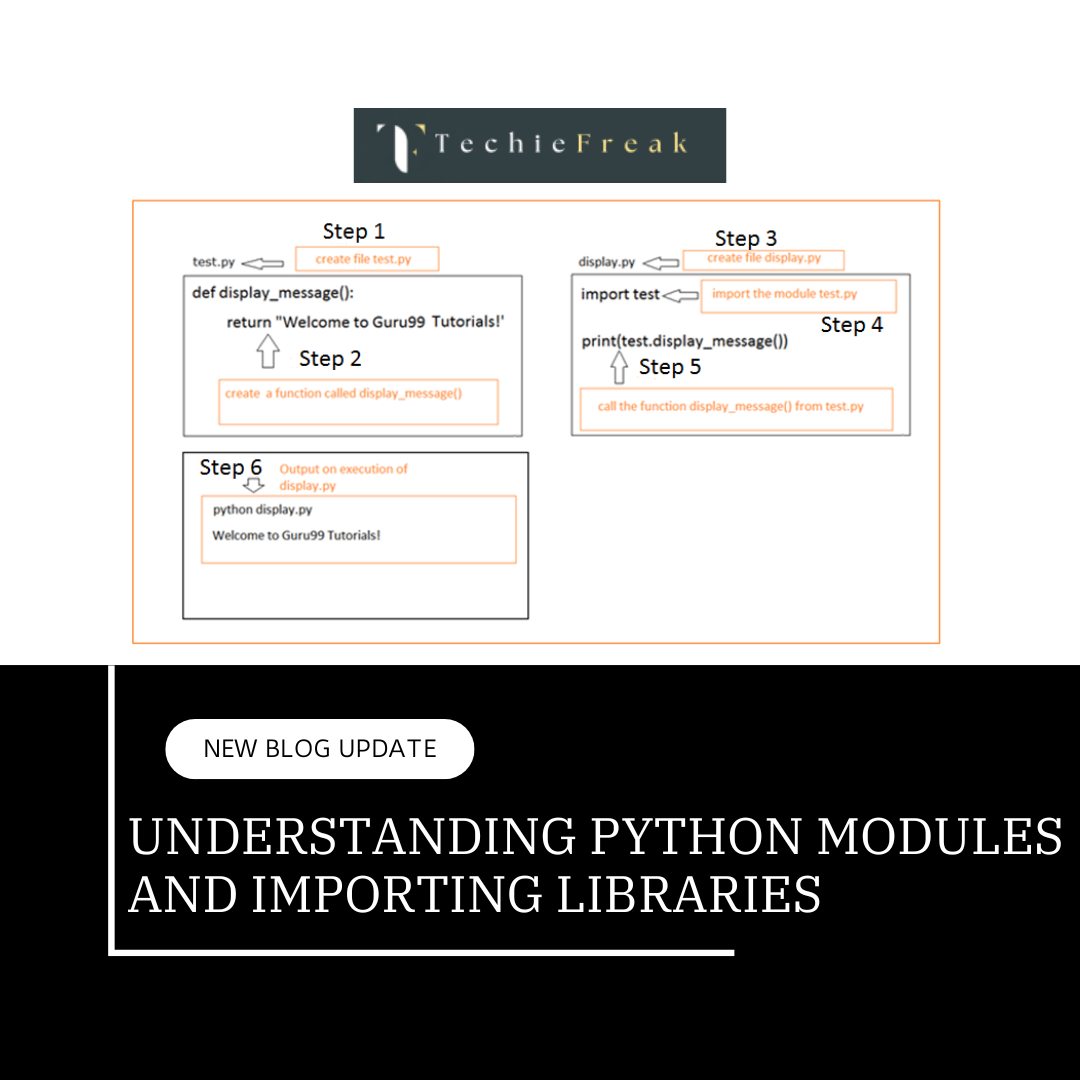
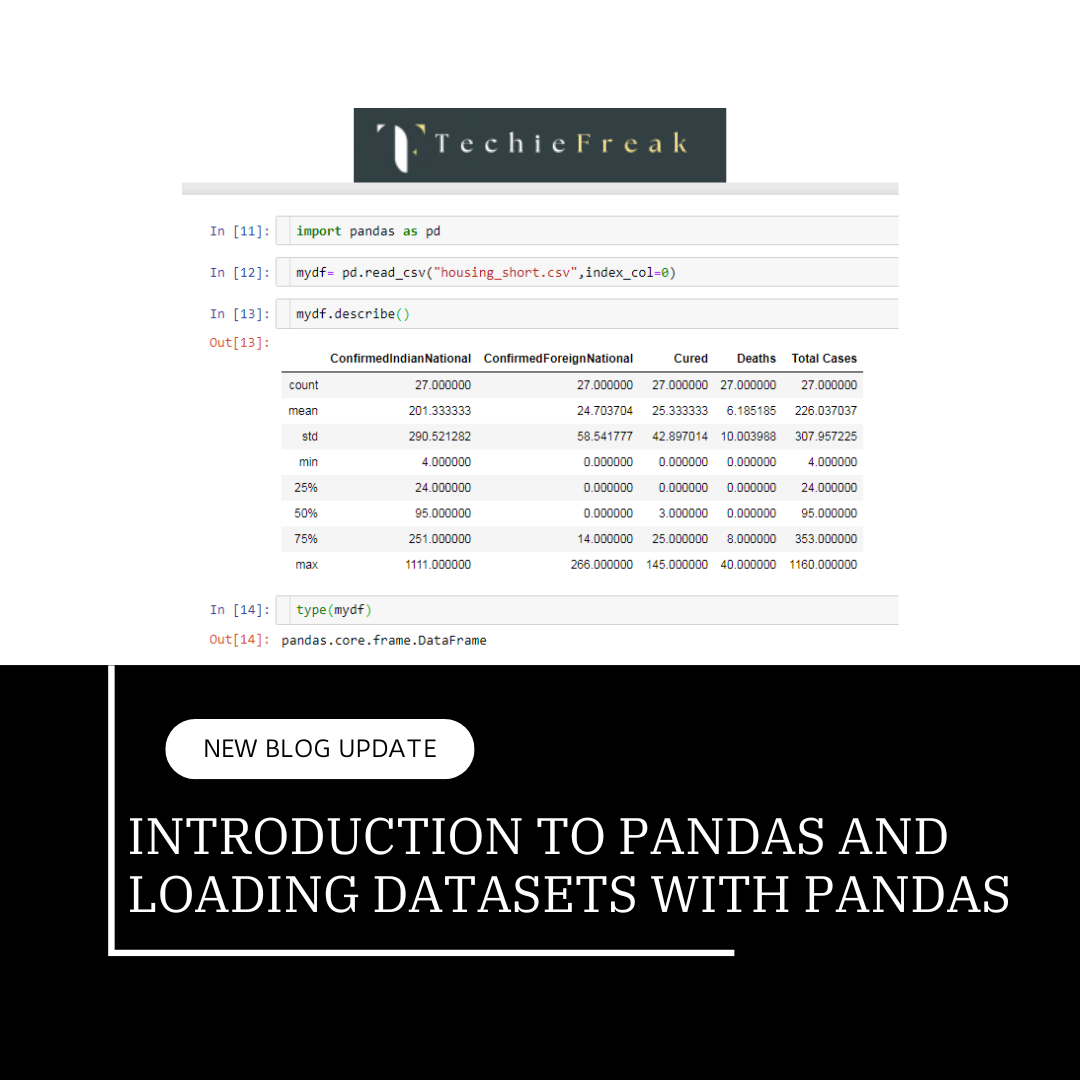
.png)

.png)

